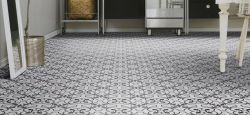When you’re doing some digging into the best underlay for laminate flooring, you might come across some products or information that can be a little confusing. Our FAQs below answer some of the questions that our flooring experts hear most often in our Tapi stores!
Can you use carpet underlay for laminate?
Avoid using carpet underlay for your laminate flooring at all costs! Even if you want to save money by keeping your old underlay, it won’t benefit your laminate flooring, and it definitely won’t benefit your pocket when you have to pay for new flooring! You can use our amazing fitting and removal services to ensure that your underlay is correctly fitted for your peace of mind.
Carpet underlay is too thick for use underneath laminate flooring – most laminate underlayment is 1mm to 3mm thick, compared to the much thicker average of 8mm to 10mm thick for carpet underlay. When you try to place laminate flooring on top of carpet underlay, you’ll find that the flooring may not even interlock properly, and you’ll see the boards separating. Even if you do get the flooring in place on top of the underlay, the same thickness and softness that helps the carpet lie smoothly will cause the floor will feel uncomfortably bouncy, and it may damage your boards in the long run. A thin underlay will not adequately support the locking mechanism of the laminate flooring.
Stick with an underlay that’s specifically designed for laminate flooring, as this will be the right thickness to lie between your subfloor and the laminate floating floor.
Can I buy soundproof underlay?
As we explain in our soundproof carpet guide, there’s no flooring out there that can soundproof your home. However, a lot of underlays and carpets can help to absorb some of the noise that you make – such as the sound of footsteps and movement, water pipes and electrical equipment.
Even though it’s not as thick as carpet underlay, laminate underlay is often designed with sound absorption in mind. Our Excel Laminate Underlay is 3mm thick and can absorb up to 20dB of noise, so it can keep up with all the pandemonium of everyday life. So, even though it’s not possible to buy a completely soundproofing underlay for your laminate flooring, you can get an underlay that will help a lot with sound absorption – but don’t be tempted to get a thicker underlay than you need to absorb more sound!
Does thermal underlay work?
Cold concrete subfloors or draughty floorboards can be greatly improved with an underlay with a high tog rating. In addition to preventing warm air from escaping, they’ll also prevent cold air from getting in – helpful for keeping your heating bills down.
Thermal underlay is also incredibly helpful when you have underfloor heating, as it lets all of the hot air through from the heating elements and you never need to worry about the heat escaping under the subfloor. Plenty of laminate flooring underlay already comes with high tog ratings, but you can find specialised thermal underlays that work exceptionally well, even as well as carpet!
Make the trip down to your local Tapi store to find our amazing array of laminate options, including Quick-Step laminate, to find the perfect flooring to match up with the best underlay for laminate in your home. You can also speak to our Tapi floorologists about any flooring questions you may have, including how to choose the right laminate flooring for you.





























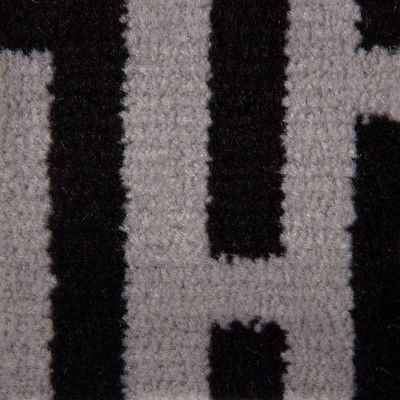
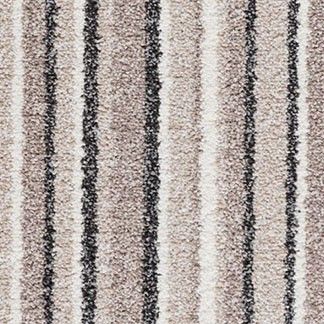
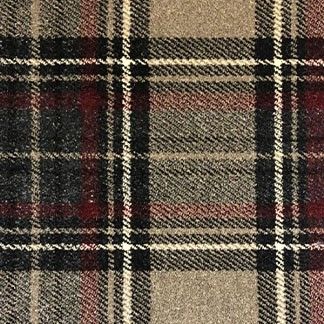
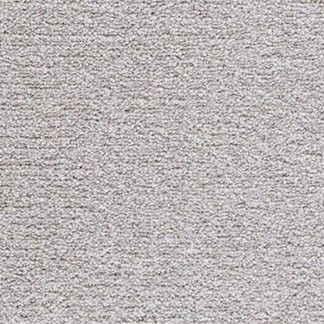











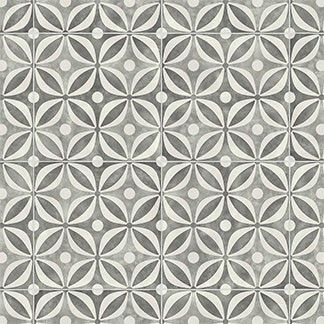
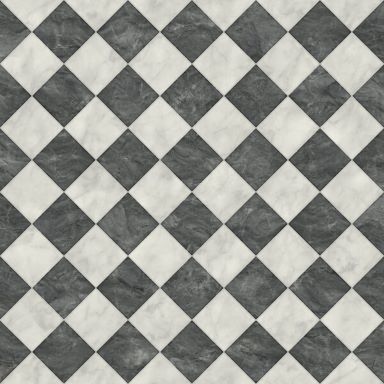
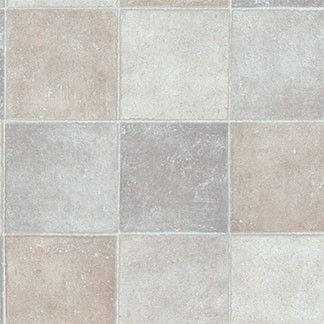
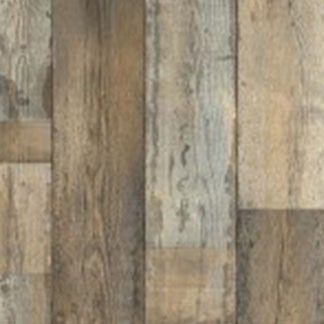









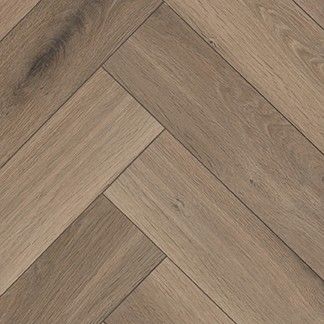
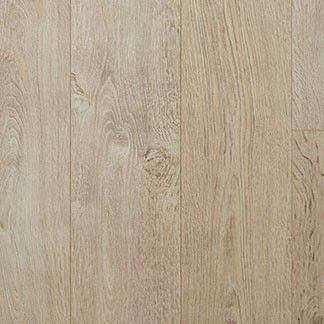
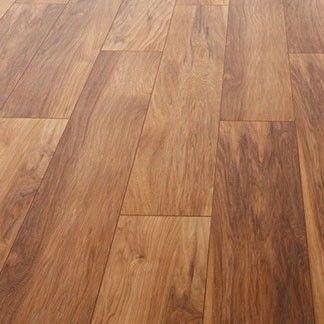
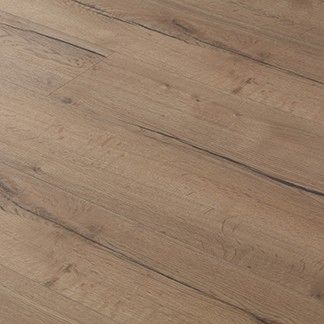









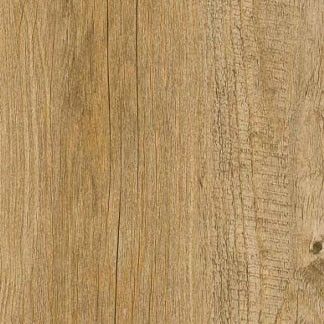
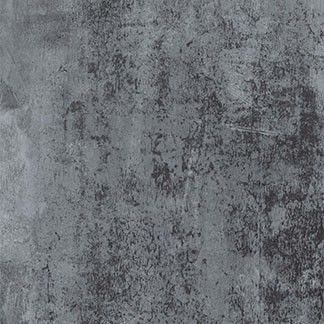
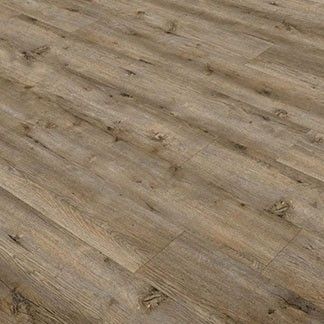





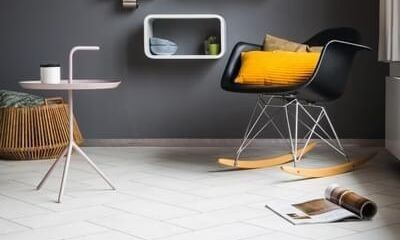
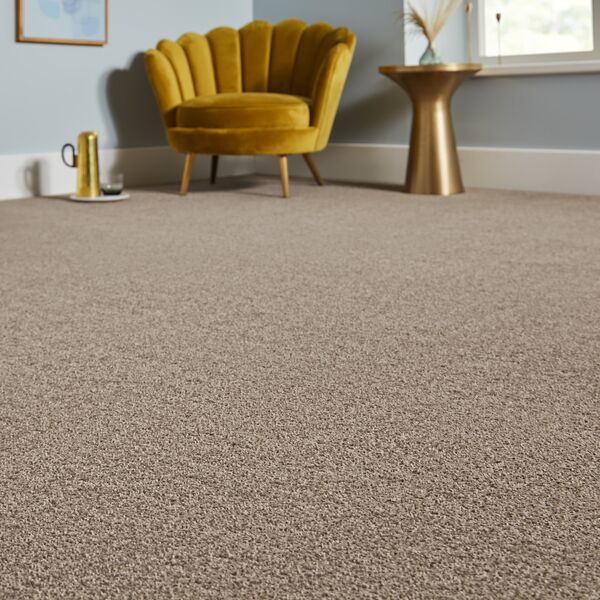
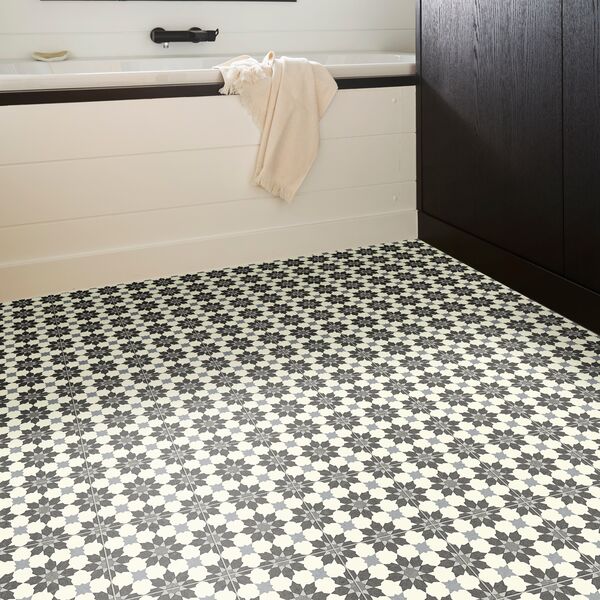
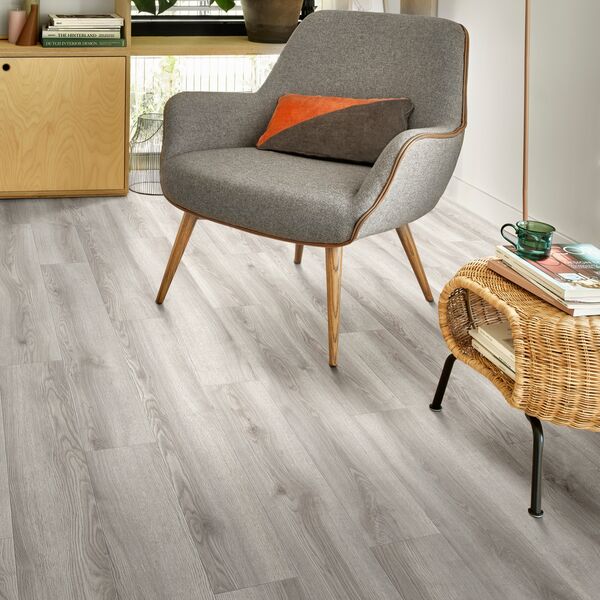
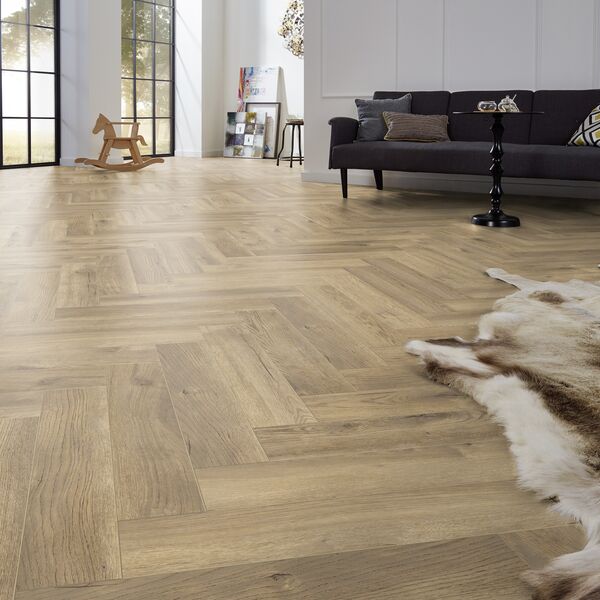
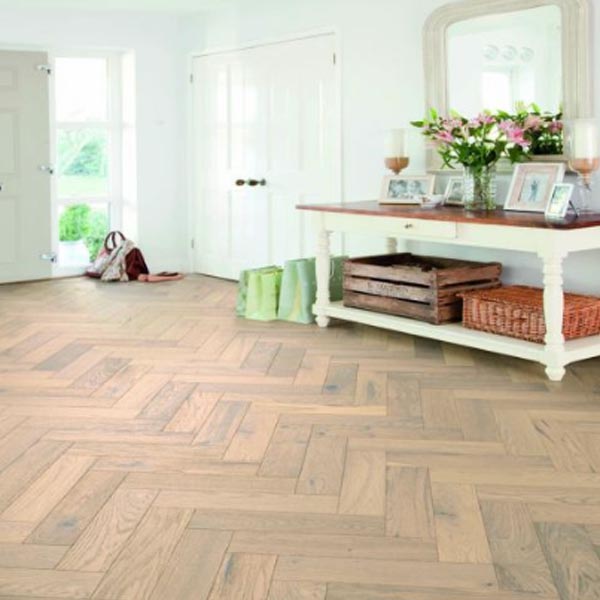

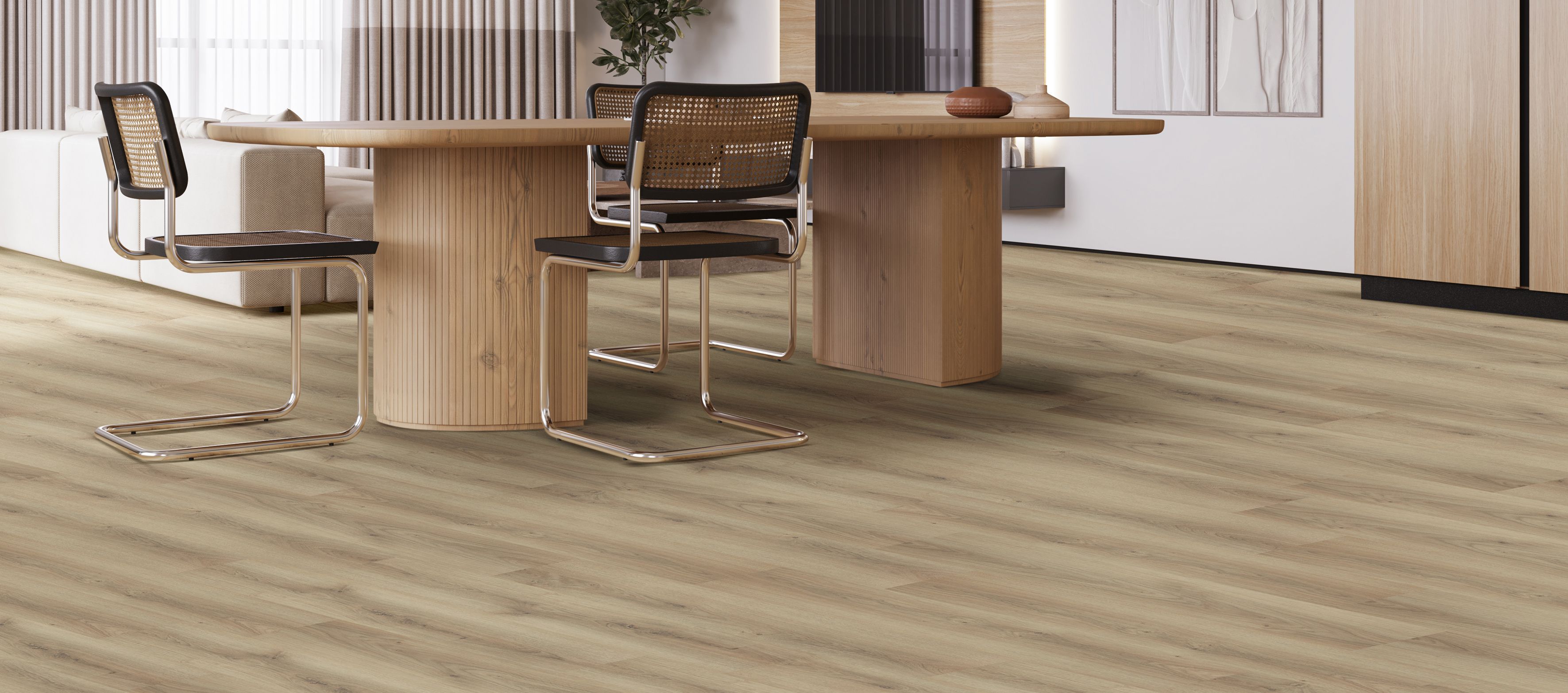
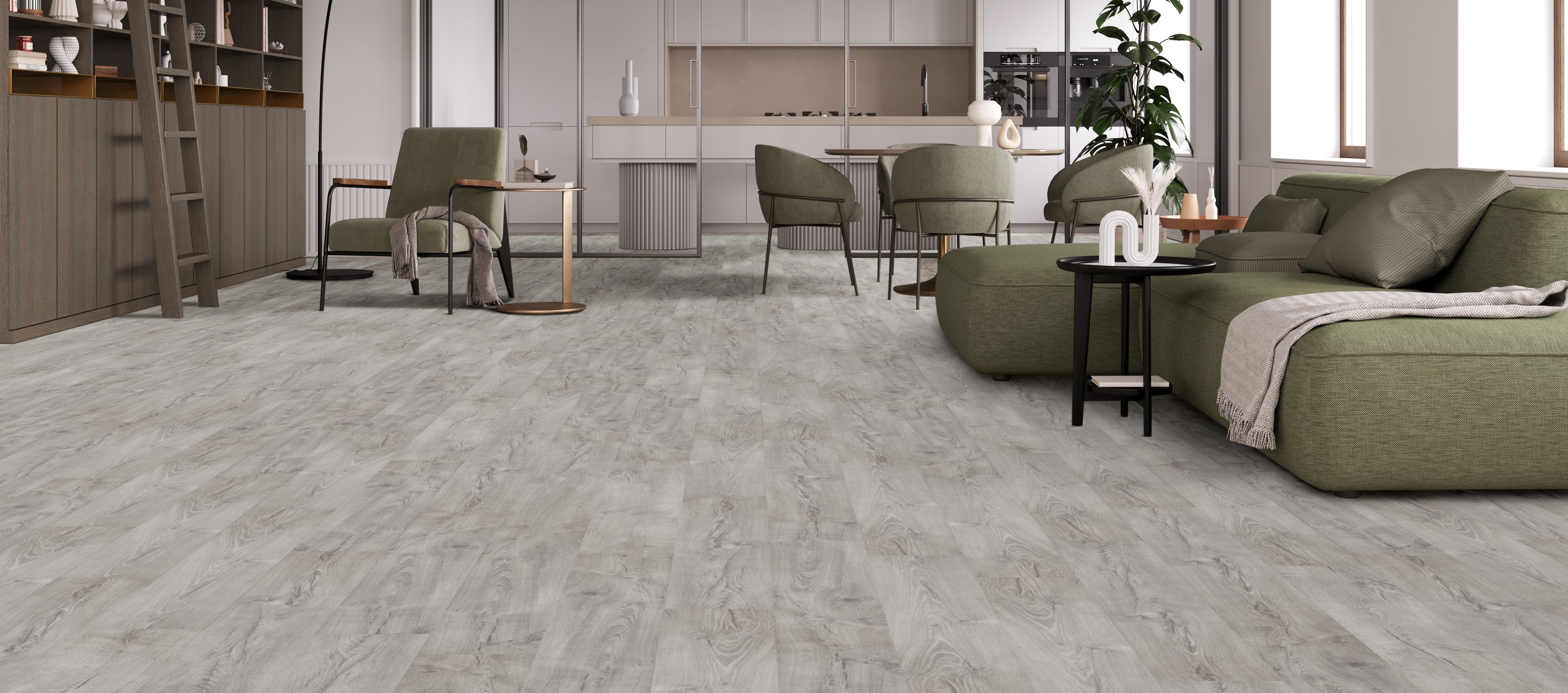

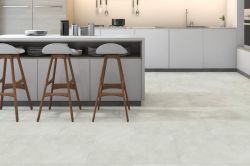

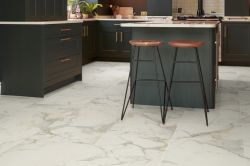
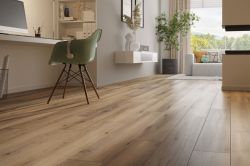

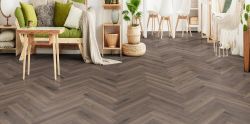
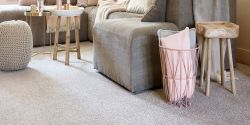
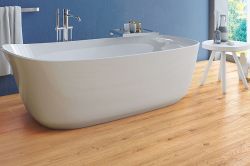
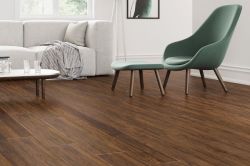
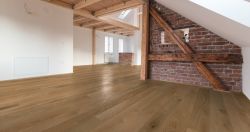

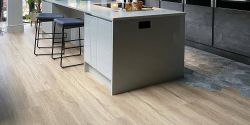
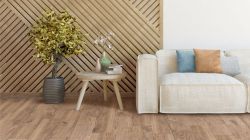
-250.jpg)
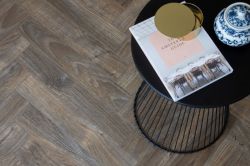
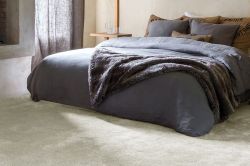
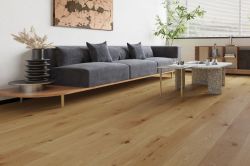
-250.jpg)
 copy-250.jpg)

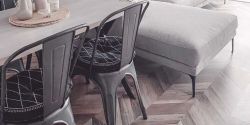

 - Article Image (not header)-250.jpg)
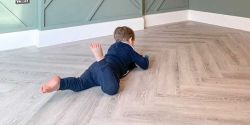

-250.jpg)
